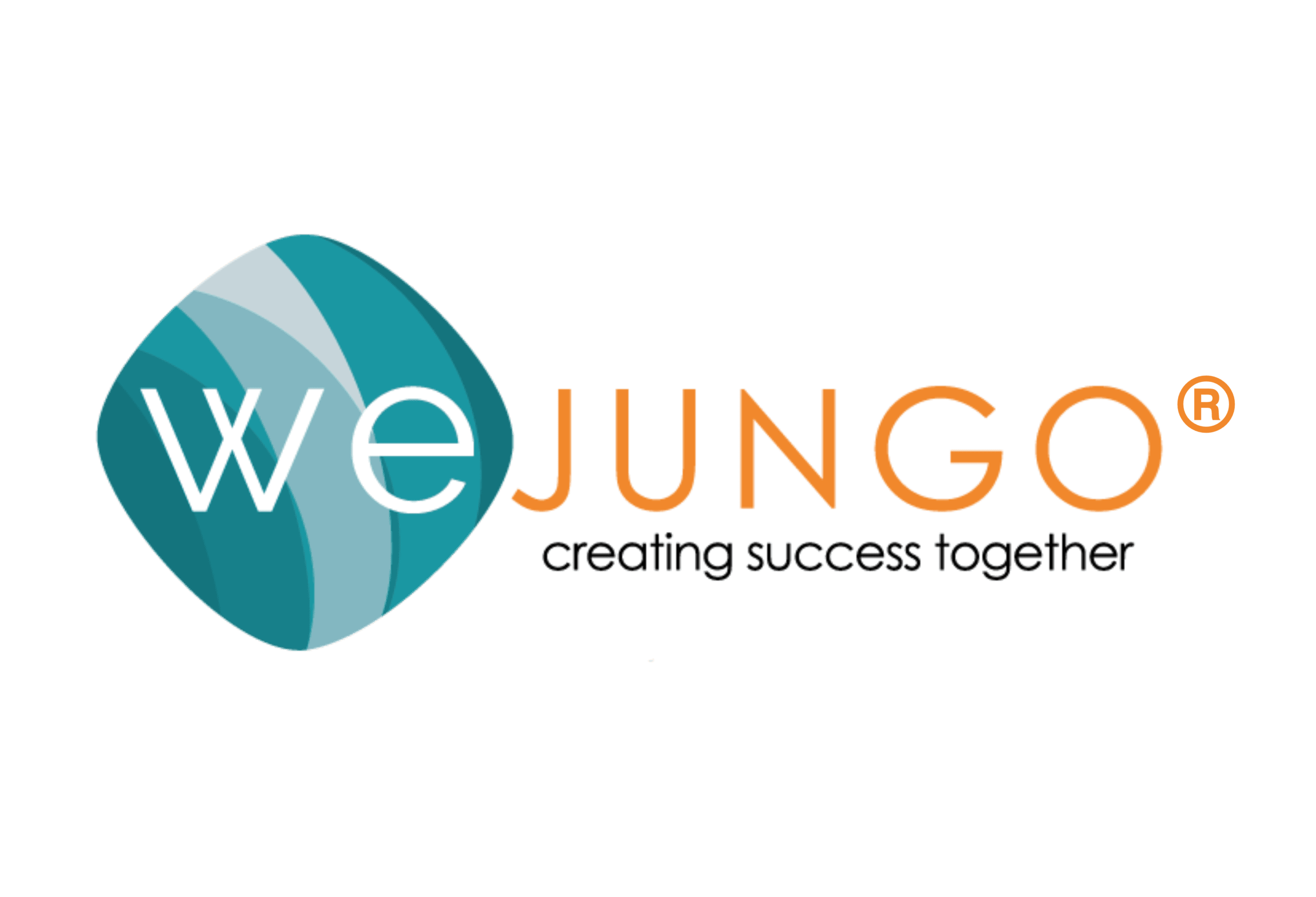Women In Leadership
Less than 8% of CEOs at Fortune 500 companies are women, despite making up more than half of the U.S. workforce.
Social psychologist, Alice Eagly, suggests that we dispose of the term “glass ceiling” as it does not represent the reality women face. It suggests that many women have been able to reach top management and have been stopped just short of the C-suite by the “glass ceiling”.
Instead, she describes the issue facing women as the labyrinth to leadership: a series of complexities, detours, dead ends, and unusual paths. Navigating this path has forced women to develop a strong sense of learning agility, a key characteristic of employees with high potential.
Research shows that when diversity and inclusion are done correctly, they create psychologically safe and heterogeneous work groups where creativity, problem-solving, and productivity increase. However, institutional bias creates barriers for women to gain a competitive edge at the same rate as their male colleagues.
Despite persistent labor gaps and challenges in receiving promotions, women are stepping up to the plate and taking on extra work compared to men at the same level. However, some companies are not recognizing and rewarding them for it.
To build lasting and meaningful D&I initiatives that support women in business, organizations have the opportunity to reimagine the structural design of their company. Until this is done, barriers will continue to keep women out of leadership roles.
Here are 3 areas where many organizations’ current designs are biased against women:
1.) Work-Family Conflict
2.) Recruiting and Selection
3.) Mentorship
Work-Family Conflict
The structure of the American family has had significant changed over the years; 70% of children live in households where both parents work compared to only 20% in the 1960s.
Recently, the 55-hour workweek has become more of the norm than the exception, negatively affecting many working moms. Many women who work are left to juggle professional and family roles with the demands pulling them between their 2 jobs being a mother and a worker.
FACTS:
- 55% of parents would take a pay cut for a job that offers childcare
- Providing childcare can reduce employee absences by up to 30%
A great place to support women is to start by adding childcare to benefits packages. This can range from on/off-site childcare to partial reimbursement policies.
You don’t have to offer childcare, here are more IDEAS:
- Shift work meetings to after 8am and before 5pm allowing working parents (oftentimes women) to wear their other hat of being a mom without missing important meetings.
- When planning work parties or happy hours, consider the day and time of week that will allow working moms or working parents to still attend.
Recruiting and Selection
STAT:
A recent survey by PWC found that 61% of women look at the gender diversity of the employer’s leadership team when deciding where to work.
IDEAS:
- Track your diversity numbers in your applicant pool. If you don’t count it then how do you know if you’re attracting a
diverse enough pool to ensure you’re hiring diversity?
- Offer resume workshops or a quick 15 min appointment to help former employees touch up their resumes. This boosts trust and employee morale with existing employees and builds a talent pool for roles you’ll need to fill in the future.
- Partner with organizations like The Mom Project and The Military Spouse Employment Partnership to post job ads.
Mentorship
Men overwhelmingly hold more than 90% of executive leadership roles within Fortune 500 companies, leaving many women with less access to mentors, networking opportunities, and contacts that could help them climb the ladder and gain entrance into top management.

TIPS:
- Create a Female Empowerment Employee Resource Group (ERG) sponsored by women in leadership positions within your organization. Once a quarter or once a month have a female speaker from outside the company speak to the ERG. These interactions set the stage for further networking and mentor pairing.
- To show you value FEMALE mentors, seek them out, train them and include their efforts as part of their annual performance review and find ways to recognize and reward them for gender diversity.
- Make gender diversity a priority when planning networking events. Include women in the planning of all discussions, debates and events.
The U.S. workforce has made major strides towards equity for women in leadership roles, however we still have a long way to go to reach true equality. The best tool we have to continue to gain momentum is promoting and hiring women into leadership roles and then tracking, reporting and talking about it.

Remember, diversity within teams fosters diverse ideas which create innovation and innovation increases productivity. When we promote diversity and inclusion everyone wins, especially the women.
This blog was written by Michael Moreno, Talent Strategy Coordinator at Wejungo













